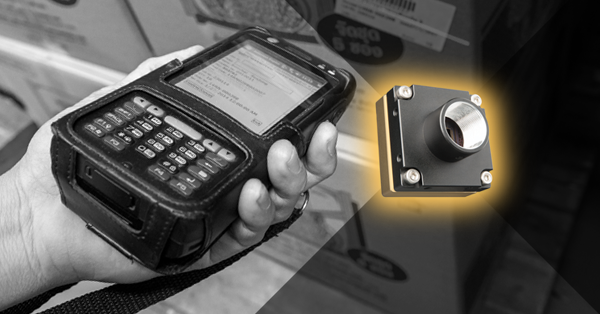Are Boson, Tau2, and Quark2 rolling shutter cameras or framing cameras?
Boson, Tau2, and Quark2 are more like rolling shutter cameras than framing cameras, but they do not perform exactly the same way that a typical rolling shutter camera performs. In typical electronic shutter cameras, each pixel in the sensor cyclically goes through the following functions during one frame period: integration of signal onto a collector (analogous to exposure time onto film); sample and readout of signal; reset (to “zero”) of the integration collector. In a framing camera, the integration of signal function occurs for all pixels at the same time, while in a rolling shutter camera, the integration period occurs at different times for pixels in different rows. The actively integrating rows in a rolling shutter camera “roll” down the sensor from top to bottom during the course of the frame period. For a rolling shutter camera, the sampling and readout operation occurs directly following the conclusion of integration, and as a result also rolls from top to bottom of the sensor during a frame period; and likewise with the integrator reset function.
The differences between a Boson, Tau2, or Quark2 camera and a typical rolling shutter camera are the following:
-
The Boson, Tau2, or Quark2 camera’s pixels are continually integrating on the signal (IR light) from the scene, and unlike a rolling shutter camera have no integration time adjustment. The pixels in the Boson / Tau2 / Quark2 camera register integrated signal via their temperature (get hotter when more signal arrives, and colder when less signal arrives). As IR signal arrives, it contributes to the pixel heating, while at the same time there are inherent mechanisms that also allow heat to escape from a pixel. A good analogy for this is a water bucket with a hole in the bottom. Signal is continually filling the bucket with water from the top (heating), while cooling is continually allowing some water out from the bottom.
-
Because the integration of signal is a physical rather than electronic mechanism, unlike a typical rolling shutter camera, in a Boson / Tau2 / Quark2 camera there is no way to reset the integrated signal from an earlier frame. As a result, a bolometer pixel will have memory of the signal that was collected in previous frames. Due to the pixel’s cooling mechanism, the contribution from past frames decays over time. The heating and cooling occur at a rate that is defined by the pixel’s time constant. Image artifacts such as tails on hot moving objects are a result of this property of the camera.
-
Because there is no integration period on the Boson / Tau2 / Quark2 camera and no reset of the integration, the only function that rolls down the rows in the Boson / Tau2 / Quark2 camera is the sampling of the temperature of each pixel.


